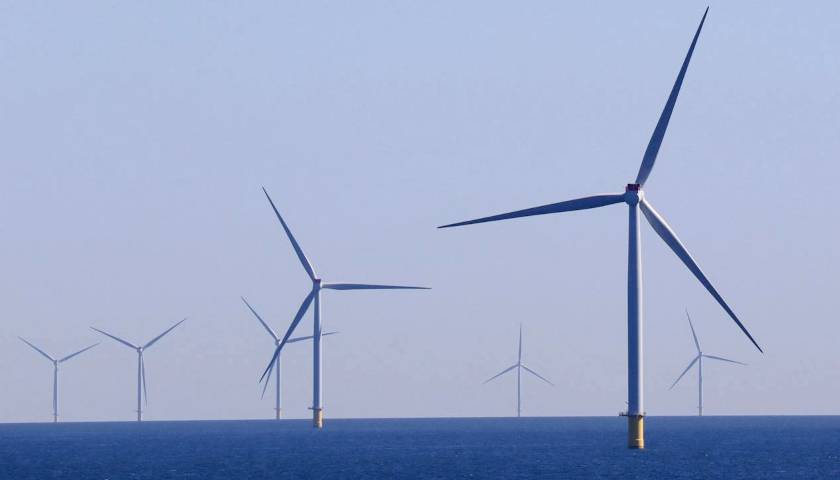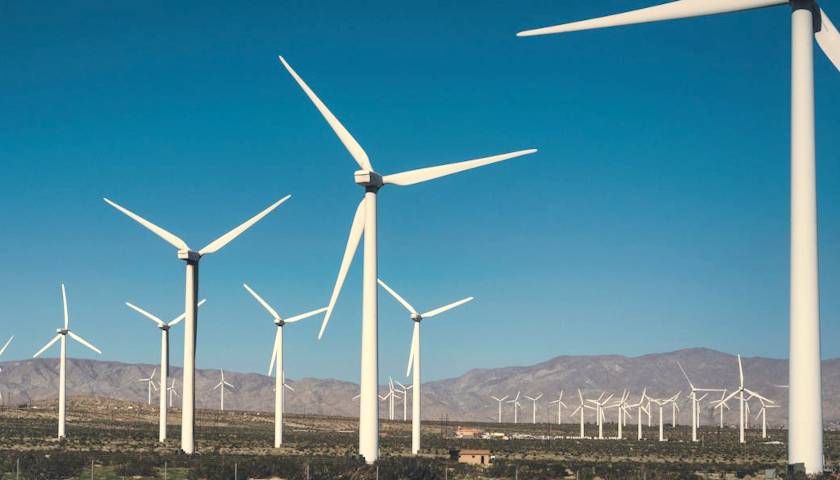A new study has identified a potentially massive problem for offshore wind developments that could further hinder the Biden administration’s push for the technology.
The study, published in a scientific journal called Wind Energy Science and authored by researchers from the University of Colorado and the National Renewable Energy Laboratory (NREL), focuses on what happens when the presence of nearby wind turbines reduces wind speeds for other turbines and their ability to produce power. The researchers project that the “wake effect,” the technical name for the phenomenon, could lead to a loss of up to 38 percent of power generation at one East Coast offshore wind development.
Read More


